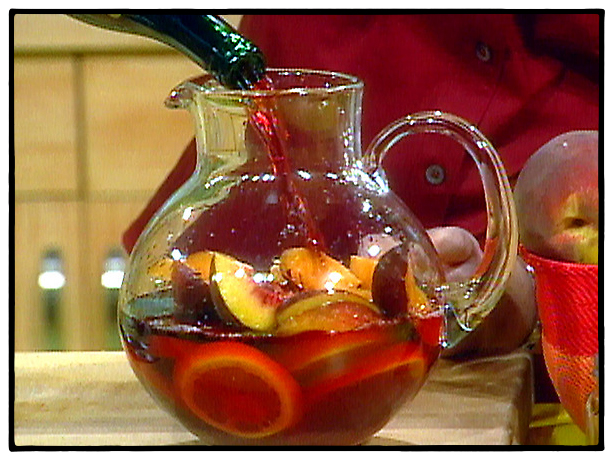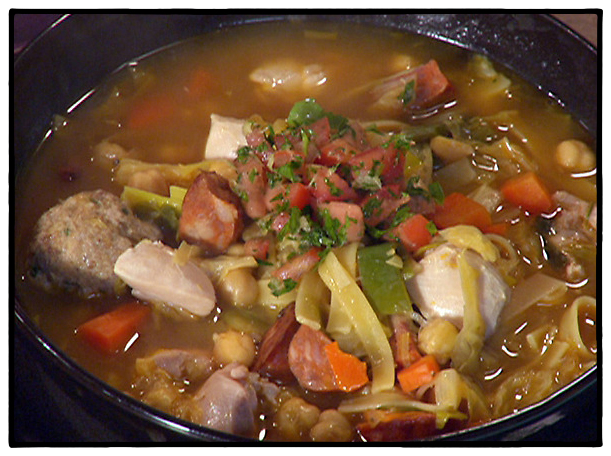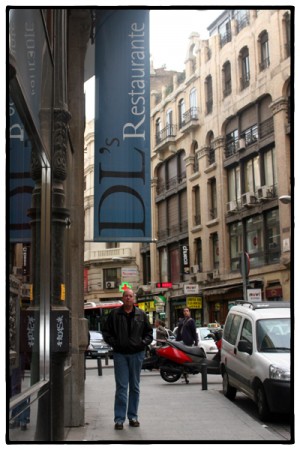The following is an excerpt from the excellent Lonely Planet book, World Food: Spain:
The wines of Spain were not always of the high quality we have come to expect these days. When they were good, of course, they were very, very good. But when they were bad—Diablos! But instead of wasting it, the Spanish would take the bad wine and put something into it to mitigate the taste. Sometimes it was just water, sometimes it was other wine, often it was spices or fruit juice.
Over time a few recipes came into being that pleased most and offended none. To this day, sangría is an idea, not a chemical formula. Some people might use apple juice, or pineapple juice. Others might use nutmeg, or cloves. But a fairly standard recipe calls for citrus and cinnamon. How much of this or that to add to the wine depends on the wine—how good, how bad, how sweet, how dry. The final product should be refreshing and quaffable. Unfortunately, when served in tourist restaurants it is usually cloying sweet.
Sangría
2 lemons
4 oranges
1/2 stick cinnamon
1 liter red wine (cheap stuff)
750ml soda water or lemonade
ice
Take a 5cm strip of zest from a lemon and one from an orange. Place them and the cinnamon in a large pitcher along with the wine. Squeeze the fruit, add the juice, and stir well. Let the mixture sit in the refrigerator for at least an hour. Stir in the ice, then add the soda or lemonade just before serving.






Recent Comments